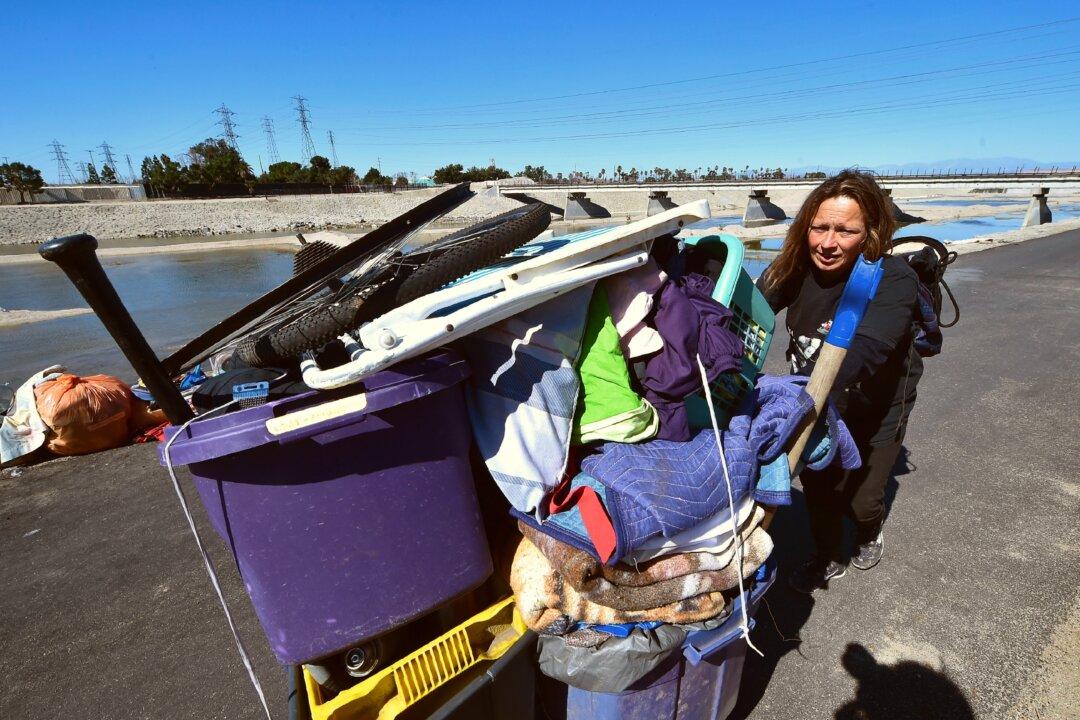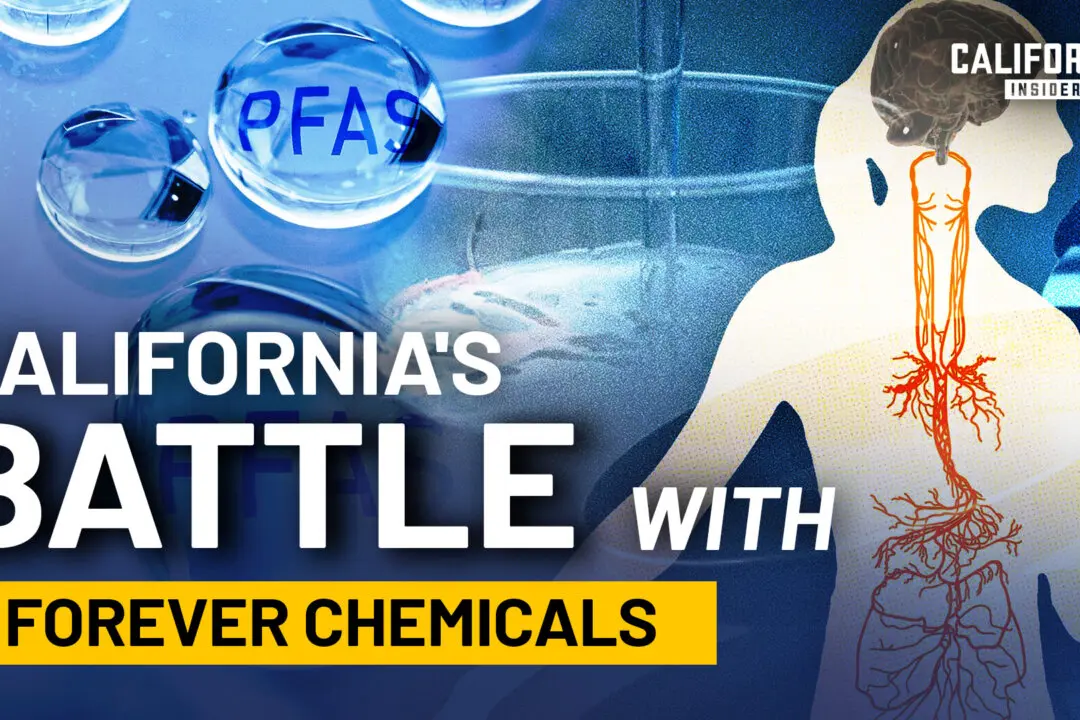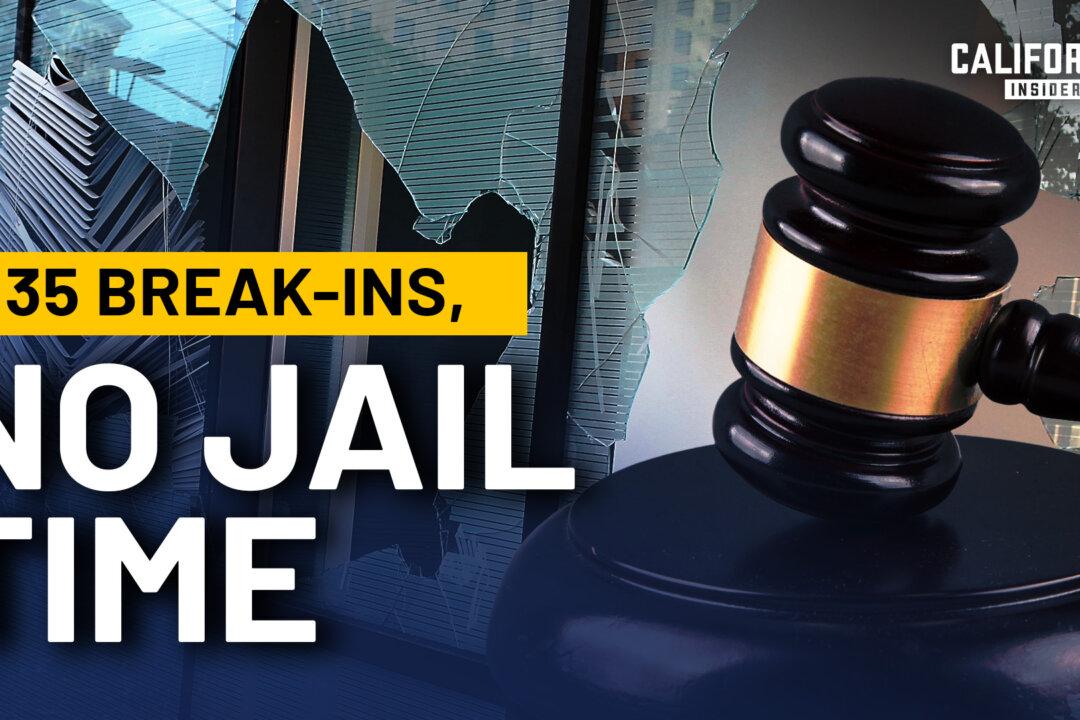IRVINE, Calif.—“We’re sort of the anti-shelter shelter,” said Jim Palmer of the Orange County Rescue Mission.
“What I mean by that is, we call all our facilities ‘campuses.’ The homeless that we help, we call them ‘students.’ They progress through a program that starts with being a ‘freshman,’ and then a ‘sophomore,’ and then a ‘junior,’ and a ‘senior,’” Palmer told The Epoch Times.





